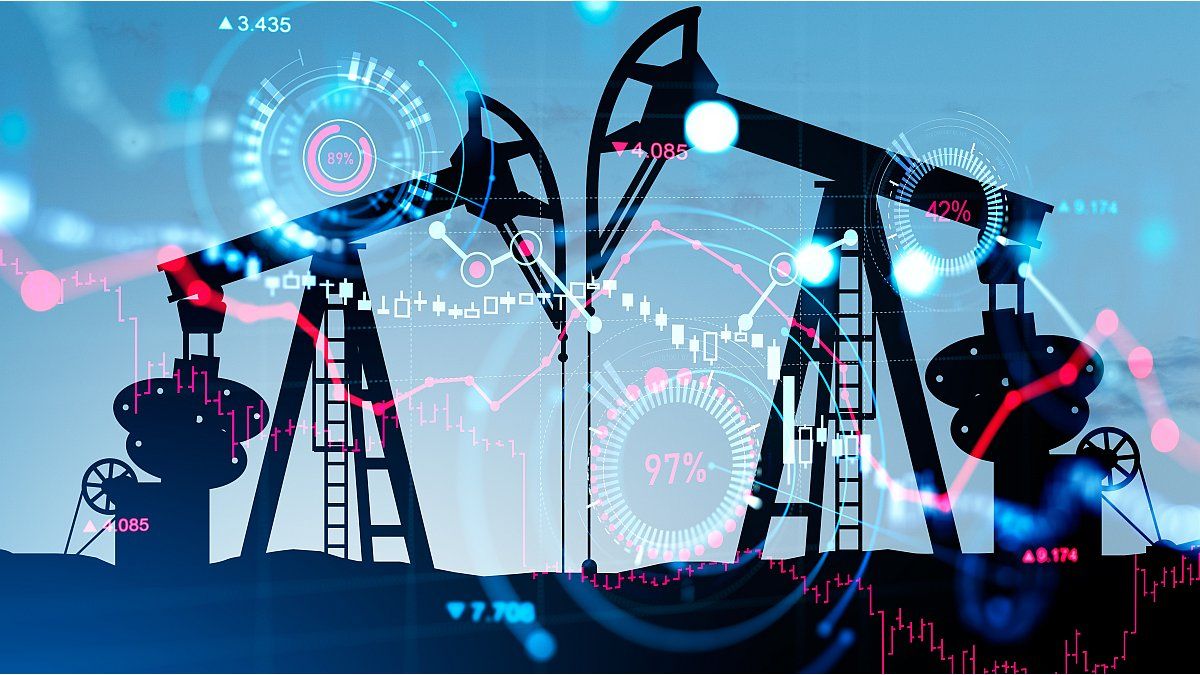How far can the potential of Vaca Muerta go? What kind of impact can you have in the commercial balance? It is known that estimates of foreign trade for goods for the coming years have a positive panorama for the hydrocarbons sector.
The growth of Oil and gas exportstogether with the progressive reduction of fuel imports, will improve the trade balance and strengthen the country’s position in the global energy market.
A report of the TBSA developer That Sebastián Cantero leads argues that there will be a strong increase in crude oil exports of unconventional origin, driven by new investments in transport infrastructure, such as gas pipelines and pipelines.
Based on data from the Central Bank and the projections of the commercial balance until 2030, the report indicates that these works will increase the export capacity and, at the same time, reduce the need for gas imports. According to the report, fuel exports are estimated to grow of US $ 10.4 billion in 2024 Au $ S36.7 billion in 2030consolidating Argentina as a key supplier in the region.
Regarding mining exports, the analysis indicates that, the result of investments in the sector and other projects in the exploitation of lithium, copper, gold and silver, total mining exports will go from US $ 6.100 million in 2024 AU $ S15.6 billion in 2030.
Infrastructure and transport, the keys
The development of this infrastructure will be a determining factor for the expansion of the energy sector, improving connectivity between production centers and destination markets. This will facilitate the placement of higher volumes of oil and gas in international marketspromoting economic growth and generating new investment opportunities in the industry.
In addition to export growth, a progressive reduction in fuel imports, mainly gas. The highest local production, added to the improvement in transport infrastructure, will allow lower dependence on imported gas, which will contribute to improving the energy trade balance.
Import substitution will reduce the impact of international prices volatility and strengthen the country’s energy security. The strengthening of the energy sector will have a direct impact on the commercial surplus of goods. It is projected that the commercial balance goes from US $ 22.4 billion in 2024 Au $ S41.8 billion in 2030with a significant contribution of the hydrocarbons industry. The sustained growth of exports and the decrease in imports will contribute to consolidate a more solid and favorable trade balance for the Argentine economy.
In 2024, the energy balance marked its second surplus in 14 years and totaled US $ 5,700 million, pushed by oil exports of US $ 5,500 million. Estimates mark an impulse for 2025 that could extend for the next five years.
Source: Ambito




